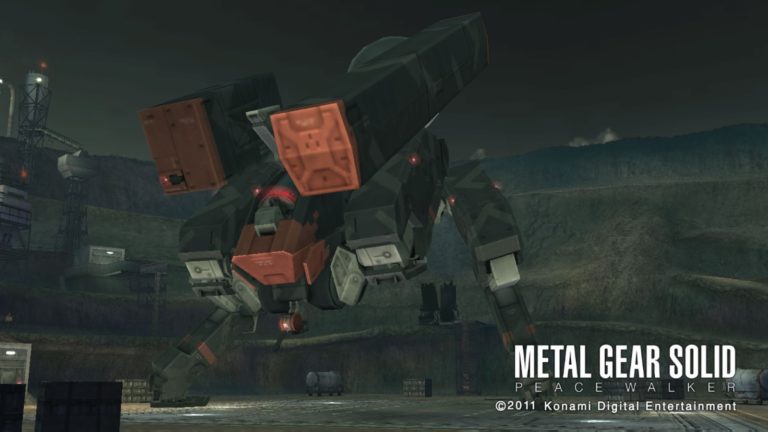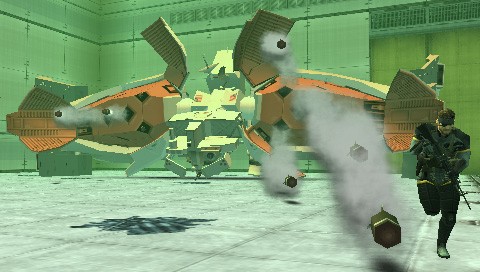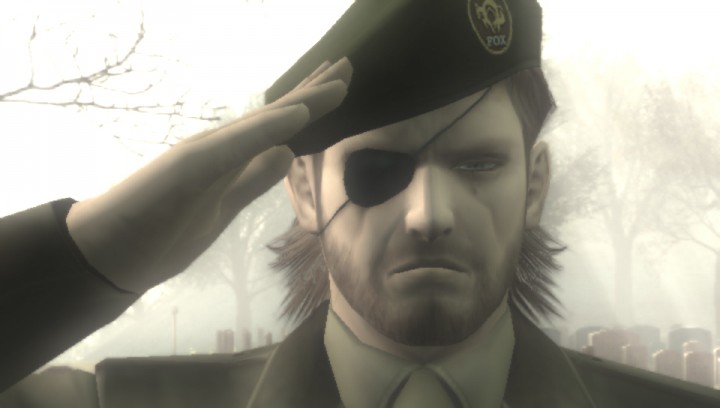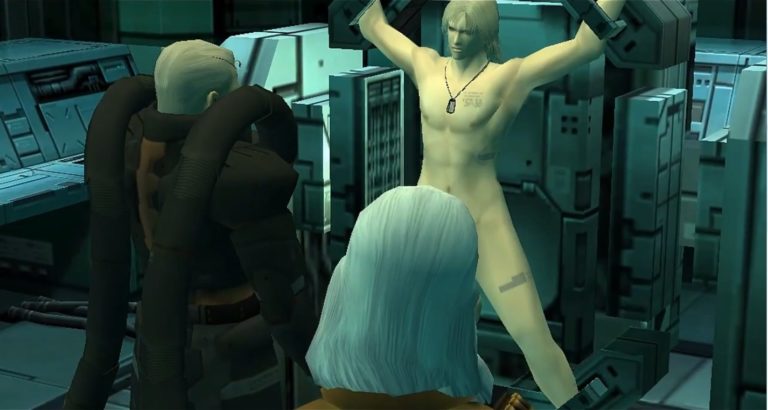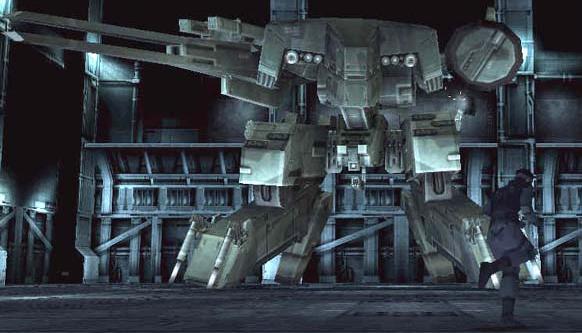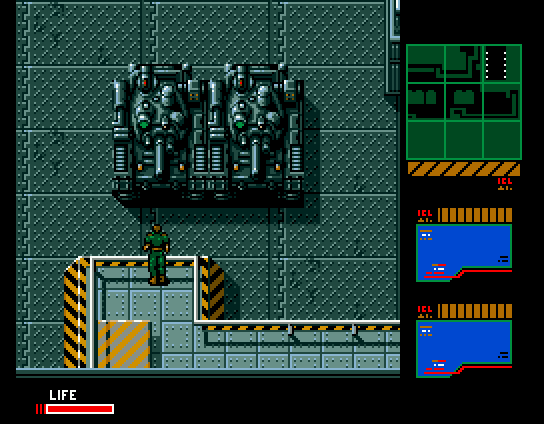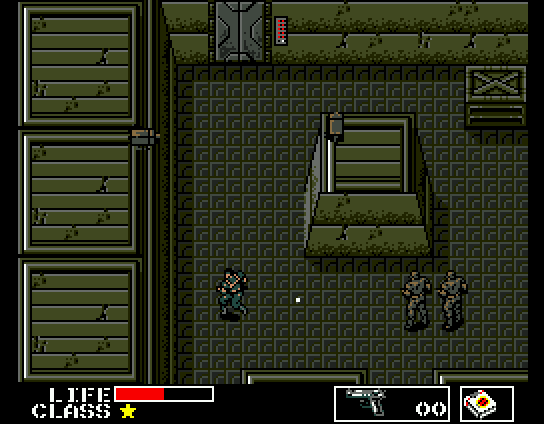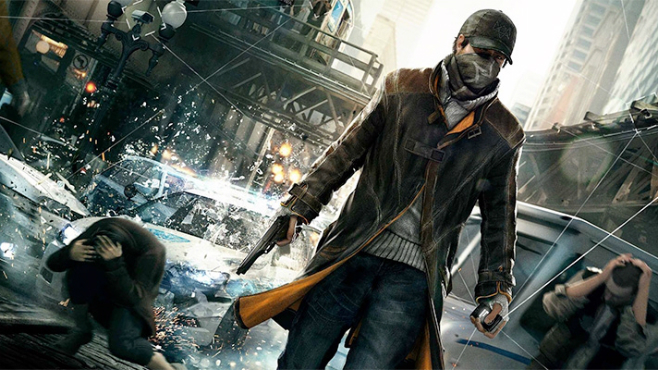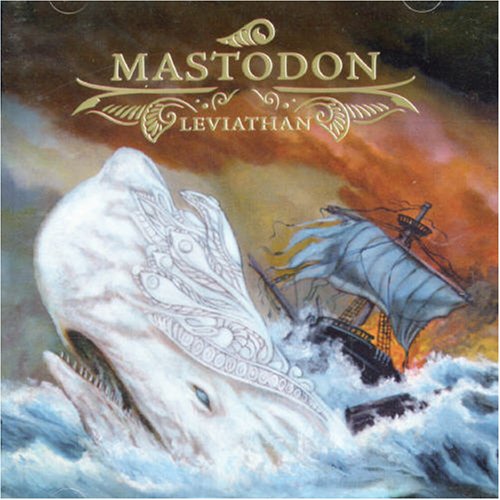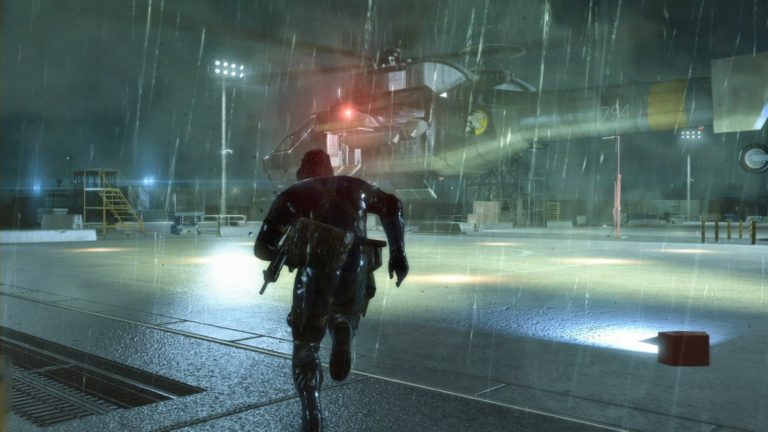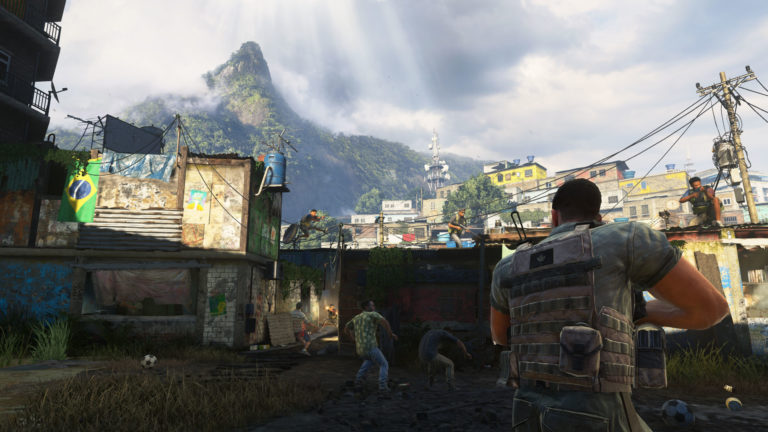Welcome back to part eight of the Metal Gear retrospective. In this entry we’re going to be covering...
metal gear solid
Welcome back to the Metal Gear retrospective! In this entry we’re going to cover the seventh entry in...
Welcome back for part six of the Metal Gear retrospective. In this entry, we’re going to be covering...
Welcome back to the Metal Gear retrospective! In this entry we’re going to cover the fifth canonical installment...
Welcome back to the Metal Gear retrospective! In this entry we’re going to cover the fourth game...
Welcome back to the Metal Gear retrospective! In this entry we’re going to cover the third, and arguably...
Welcome back to the Metal Gear retrospective! In this entry we’re going to cover the second canonical game...
Kept you waiting, huh? It’s finally time for the Metal Gear retrospective! I’ve spent way too much time...
So recently my morning started off in fantastic fashion as one of my friends on Facebook shared...
Unlike recent weeks, I don’t really have a theme tying the songs together this week. We’re going...
As you probably know if you read the blog, I’m a big Metal Gear Solid fan. Snake...
I’m a big fan of the Metal Gear Solid franchise, counting Snake Eater and Guns of the Patriots among my...
I have a couple ideas for blog posts on a backlog. I’ve been planning on posting them for...
